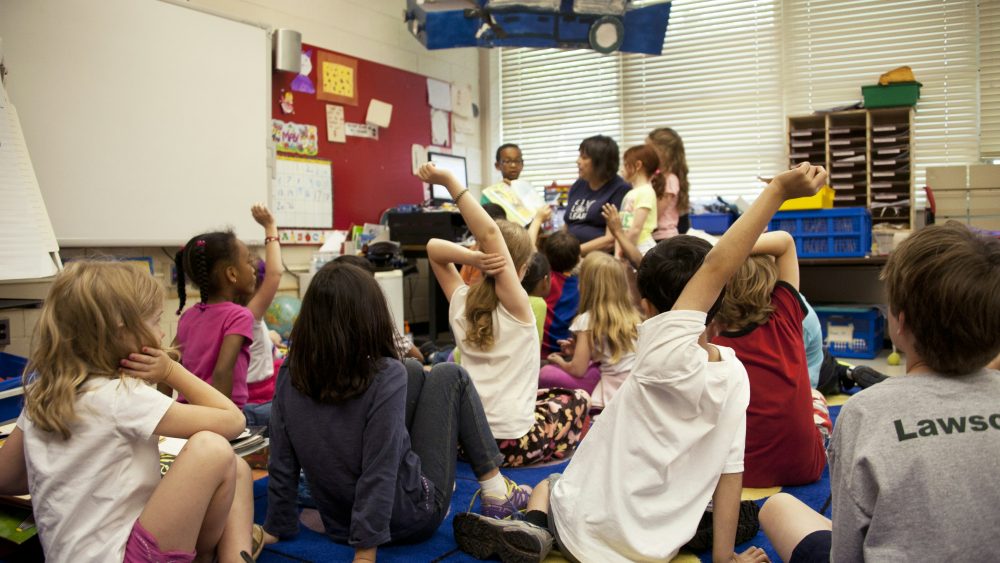The news in March that UK schools were introducing classes with a focus on happiness and mindfulness was music to our ears.
Recent studies have suggested however that this is a complex issue. As a recent report by the TES notes, there are criticisms of the way mindfulness and wellbeing is currently being practised in UK schools. The main concern is that young people who are experiencing mental health issues and anxiety caused by stress or trauma, may well not benefit from dwelling on their thoughts. The vice-chair of the Children and Young People’s Mental Health Coalition Pooky Knightsmith stated: “If a child is suffering abuse at home, being given space and time for thoughts to drift through your head isn’t necessarily good. Schools need to be aware of the potential risks, even with the most seemingly nice of interventions.”
An overarching aim in all approaches to mindfulness is the need to first embrace negative and worrisome thoughts so that we become aware of them fully. Once fully aware we can begin to create stillness and find temporary respite to recharge. This stillness is not something that can be found overnight. Patience and dedicated practice are required to reach and maintain this state, which is no easy feat for anyone let alone a young person wreaked by anxiety.
Another danger is that pupils may be being led to believe that happiness is something we are not inherently capable of creating, that needs to be taught and cannot be found from simple pleasures. Ashley Frawley, Senior Lecturer at Swansea University and the author of Semiotics of Happiness “Happiness becomes not something that sneaks up on you – something you might find when you’re looking at a sunset – but something you have to work at. People are going into schools and encouraging young people to think that happiness is quite difficult, and you have to meditate and so on to get there. It’s a complete misunderstanding of how human emotion works”.
There is also the argument that an important route to experiencing happiness lies in recognising and accepting all emotions. To truly appreciate the highs, we must also embrace the lows. Ian Morris head of wellbeing at Wellington College worries that “We seem to be saying that some emotions are dangerous for children, Saying, ‘Oh, God – anxiety’s bad, and we must eliminate that from children’s experience’ is really absurd and patronising as well. It’s easy to do quite a lot of damage with this.”
Experts also worry about the people teaching mindfulness. Professor Kathryn Ecclestone, The University of Sheffield, researches the effects of wellbeing and believes there needs to be more protection: “People can just set themselves up as wellbeing consultants, some of these are snake oil”.
All these concerns are valid, but they are not, and should not be allowed to be, a barrier to introducing school pupils to mindfulness and wellbeing.
For all of the negative criticism and dubious practices, there is hard evidence to suggest that programs that educate pupils about nurturing their own happiness and wellbeing do work. What these recent criticisms do show however is the need to properly invest in this education and not just find the cheapest ‘one size fits all’ programme. What works for one child may have a no effect or an adverse reaction on another. If our current school system is failing to find appropriate teaching methods for some of the most basic academic subjects, how we approach this hugely worthwhile but also delicate and highly subjective topic needs real investment.
It is important to realise that mindfulness is not a treasure map with a chest of happiness-inducing gold underneath a large red cross. Mindfulness is a personal journey which encourage people to be mindful of and to fully recognise and experience events and feelings in their lives. There is no singular approach for mindfulness, but there are many and varied ways to engage and positively affect pupils.
If we are to successfully educate our children about happiness we must teach them that it is not only okay to be sad and anxious, it is an unavoidable and very normal part of life. By ignoring this vital element we may risk damaging children’s wellbeing, but the answer to this is to make sure we approach the teaching of wellbeing and happiness correctly, not that we abandon it altogether.
Jennifer Faulkner- Happy City Contributor
Photo by CDC on Unsplash



Comments are closed.